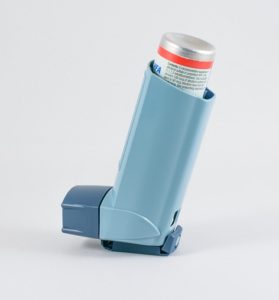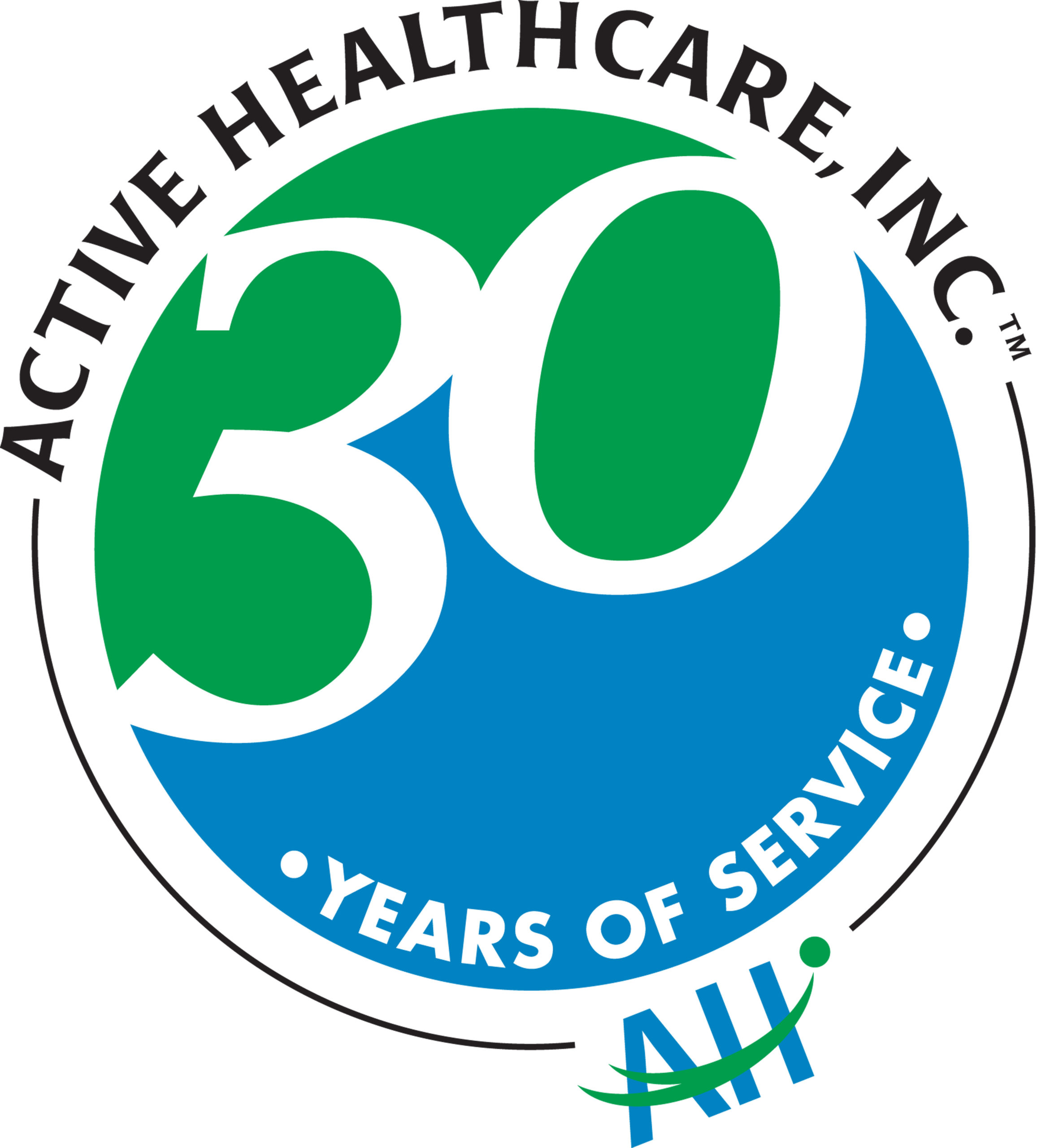Should you consider using it as part of your Asthma Treatment Plan?
Primatene Mist ® was removed from the market back in 2011 due to the propellant used in the inhaler medication. Late last year the FDA approved a new over-the-counter version of the drug, which is now widely available. This new version uses the same active ingredient but does not contain CFCs (chlorofluorocarbons) which are known to deplete ozone in our atmosphere.
Asthma Experts Urge Caution
A number of asthma organizations have voiced strong concerns over the new Primatene Mist inhaler since it creates the impression that the management and treatment of asthma is a do-it-yourself proposition. Asthma is a chronic condition that requires ongoing management with your healthcare provider – whether it is mild, moderate or severe.
As a chilling reminder: 10 people die every day from asthma related complications
The active ingredient in Primatene mist is racemic epinephrine. This medication is not a recommended asthma treatment and can also give a false sense of control by masking asthma symptoms.
Lack of control and the often associated over use of quick-relief medications leads to respiratory complications and sometimes death in people with asthma. Experts worry that this new over-the-counter medication option will only escalate that scenario. Out of control symptoms followed by over use of a medication that masks symptoms can in turn lead to life-threatening complications.
FDA Approval and Recommendations
 FDA officials approved the new medication in hopes of providing another cost effective treatment option, especially to patients with mild asthma. The active ingredient in the medication is the same, just a new propellant to allow it to be administered via a metered dose inhaler and with new administration instructions.
FDA officials approved the new medication in hopes of providing another cost effective treatment option, especially to patients with mild asthma. The active ingredient in the medication is the same, just a new propellant to allow it to be administered via a metered dose inhaler and with new administration instructions.
The FDA has only approved the medication in patients over 12 years of age. They caution that the medication should only be used by those already diagnosed with asthma, and not to treat symptoms such as wheezing, chest tightness or shortness of breath that may be related to other conditions.
The Manufacturer Weighs In
Amphastar, the manufacturer of Primatene Mist, indicates the over-the-counter medication is to be used for “temporary relief of mild symptoms of intermittent asthma” on their product website.
A Plan for Asthma Control
Remember to always check with your healthcare provider before making a change to your or your child’s asthma treatment regime and asthma action plan. Check out these additional resources for more information about this new medication, tools to navigate treatment options and a refresher on understanding asthma control.
Additional Resources
FDA – Safely Using the Newly Available OTC Asthma Inhaler Primatene Mist
Shared Decision Making Tool developed by the American College of Allergy, Asthma, and Immunology (ACAAI), American College of Chest Physicians (CHEST), and the Allergy and Asthma Network















 Your desk is ground zero for germs in the office. Recent studies showed that your desk can have 400 times more bacteria than a toilet seat. These unfriendly office visitors can survive up to three days on these surfaces. Everyone should disinfect their desk work surfaces including the keyboard, mouse and phone on a regular basis, but during cold and flu season it is even more important.
Your desk is ground zero for germs in the office. Recent studies showed that your desk can have 400 times more bacteria than a toilet seat. These unfriendly office visitors can survive up to three days on these surfaces. Everyone should disinfect their desk work surfaces including the keyboard, mouse and phone on a regular basis, but during cold and flu season it is even more important. The dirtiest parts of your home include the kitchen sink and drain, along with the sponges and dish rags you use to wipe the counter or wash dishes.
The dirtiest parts of your home include the kitchen sink and drain, along with the sponges and dish rags you use to wipe the counter or wash dishes. 
 One of the favorite kid friendly attractions at the fair is the petting zoo. Take the proper steps to protect yourself when visiting all of the adorable baby animals. Close contact with animals can trigger an asthma attack because you may come in contact with proteins that are found in animal saliva, skin flakes, urine and feces.
One of the favorite kid friendly attractions at the fair is the petting zoo. Take the proper steps to protect yourself when visiting all of the adorable baby animals. Close contact with animals can trigger an asthma attack because you may come in contact with proteins that are found in animal saliva, skin flakes, urine and feces.

 We hear all the time from multiple sources to get more exercise. Everyone has their reasons for not getting enough. We all know we should do it more, but feel like we don’t have enough time or energy to do so. If you suffer from asthma, you may fear that working out would make your symptoms worse. Here are some of the best options for exercising with asthma
We hear all the time from multiple sources to get more exercise. Everyone has their reasons for not getting enough. We all know we should do it more, but feel like we don’t have enough time or energy to do so. If you suffer from asthma, you may fear that working out would make your symptoms worse. Here are some of the best options for exercising with asthma Summer is coming to a close for students in North Carolina. The change of seasons and environment can spell trouble for asthma and allergy sufferers. They already know their at-home triggers and how to combat them, but have less control over their environment at school. Common classroom triggers include pollen, dust mites, mold, chalk dust, and pet dander. With the help of school administrators and parents, students can remain focused on their studies and less on their allergies.
Summer is coming to a close for students in North Carolina. The change of seasons and environment can spell trouble for asthma and allergy sufferers. They already know their at-home triggers and how to combat them, but have less control over their environment at school. Common classroom triggers include pollen, dust mites, mold, chalk dust, and pet dander. With the help of school administrators and parents, students can remain focused on their studies and less on their allergies.









